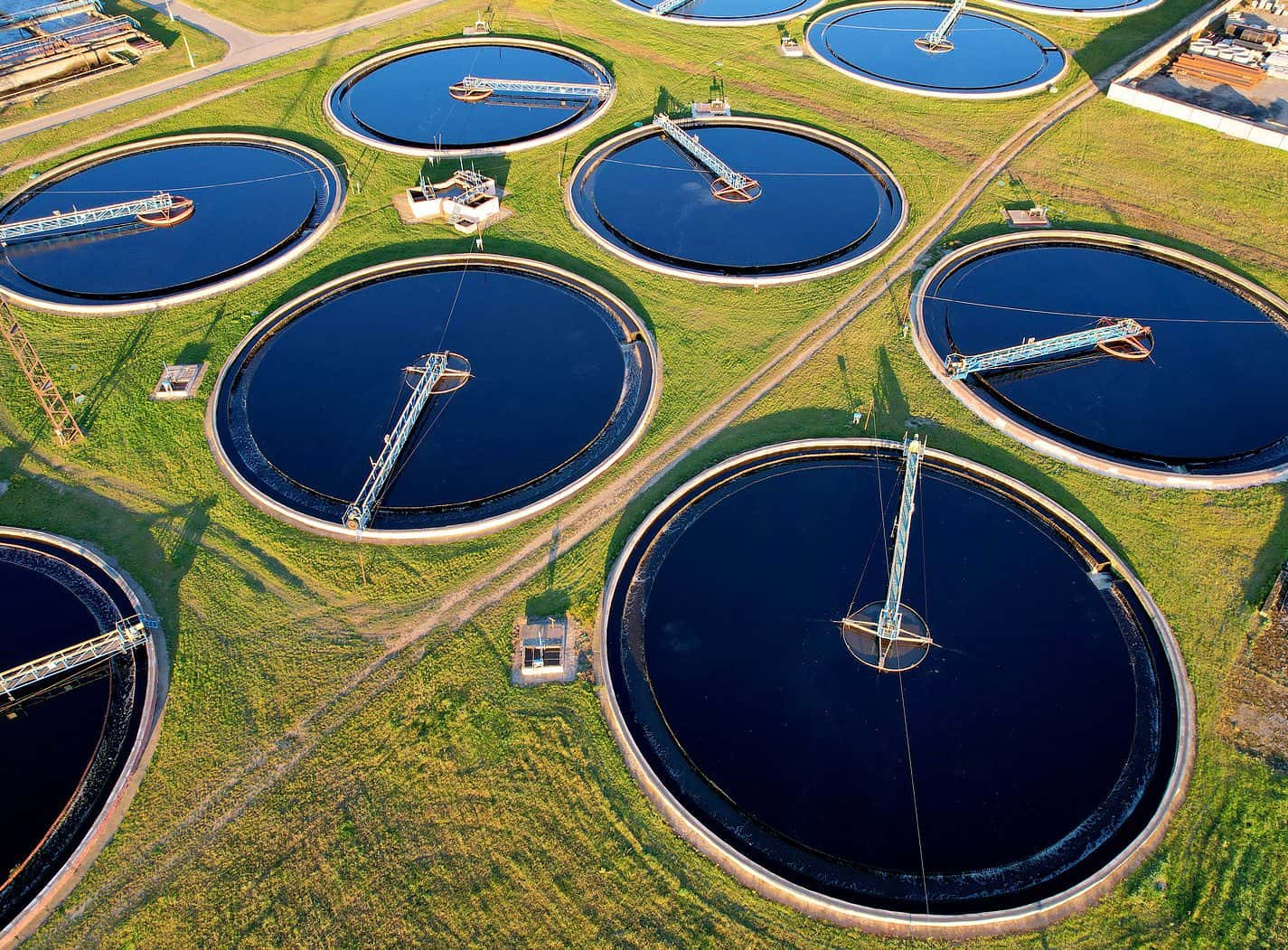
During the COVID-19 pandemic, many public health organizations used wastewater monitoring. Checking sewage for pathogens could also provide an early warning against future outbreaks.
How Does Wastewater Monitoring Work?
Wastewater monitoring was able to pick up the presence of SARS-CoV-2 in many communities before cases started showing up in the hospital. Apparently, people start shedding virus into the toilet even before they begin to sneeze or cough. When scientists do regular analyses of sewage, they have found unexpected poliovirus, prompting them to search for the infected individual.
Pushing the Envelope on Wastewater Surveillance:
An international collaboration has just completed a study on how countries use wastewater monitoring to detect infectious diseases (Lancet Global Health, June 2023). The samples were collected in 43 countries in 2022. Most of the countries had used this technology during the COVID-19 pandemic, although many restricted monitoring to urban areas.
One of the investigators points out that a dedicated surveillance system would have picked up SARS-CoV-2 and its spread much more quickly, and healthcare systems could have prepared better. This technology is unbiased and efficient. The researchers emphasize that we need to improve sampling protocols and make testing panels more flexible. In addition, we urgently need ways to report problems.
Most importantly, there are currently no comprehensive guidelines to ensure ethical practices in wastewater monitoring. If scientists stigmatize vulnerable groups, we may lose the advantage that monitoring could provide.
Citations
- Keshaviah A et al, "Wastewater monitoring can anchor global disease surveillance systems." Lancet Global Health, June 2023. DOI:https://doi.org/10.1016/S2214-109X(23)00170-5

